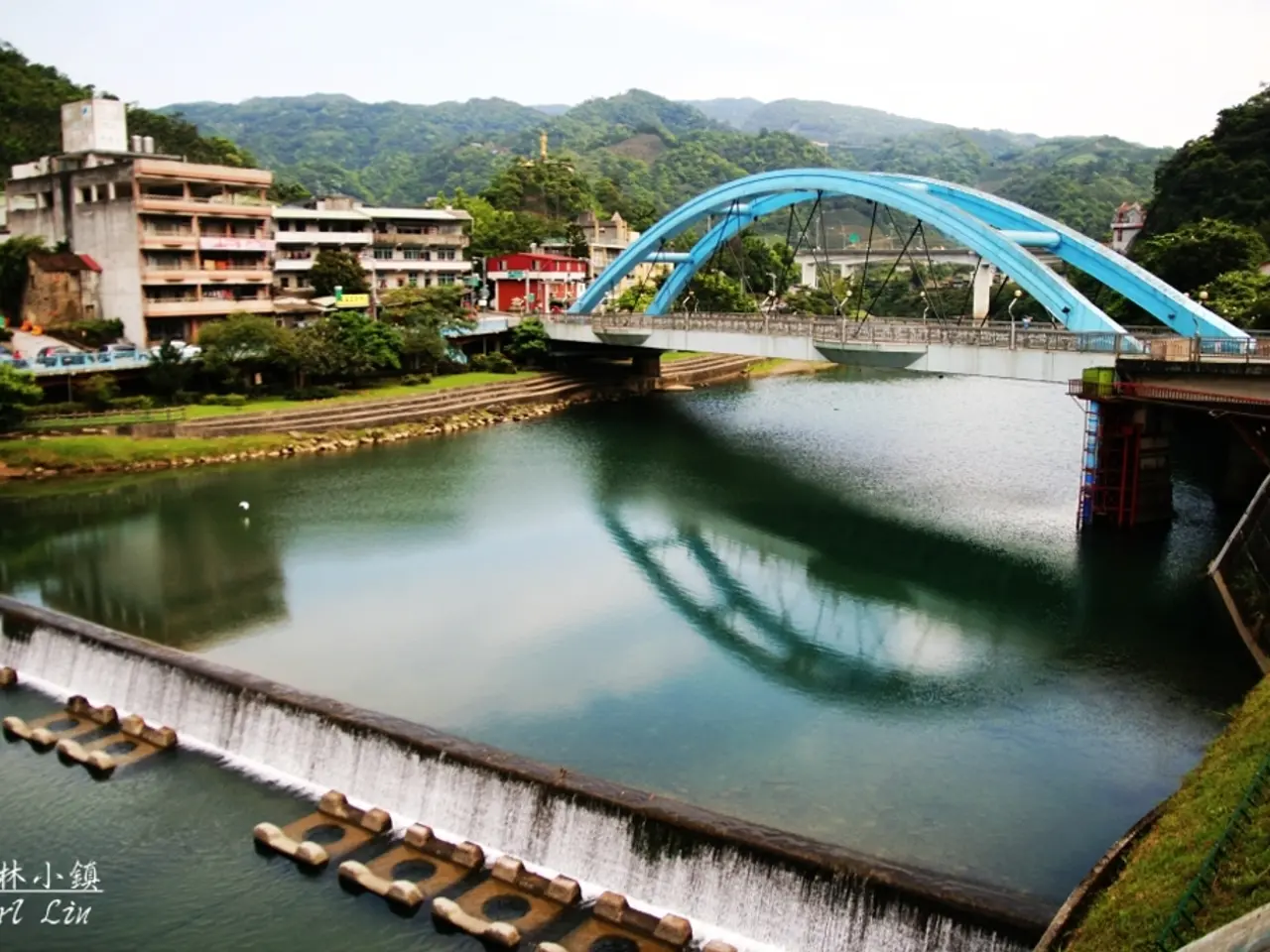Enhancing Bangladesh-India relationships becomes crucial to confront the potential hazard posed by China's proposed $170 billion Brahmaputra Dam.
The construction of a massive hydropower dam by China on the Brahmaputra River, known as the Medog or Yarlung Tsangpo dam in Tibet, is causing concern for downstream nations, particularly Bangladesh. This dam is expected to drastically disrupt sediment flow, which is vital for maintaining soil fertility in Bangladesh's delta region.
The dam could block nutrient-rich sediments that replenish the floodplains of Bangladesh, leading to soil degradation and lower crop outputs, especially rice, which is a staple crop. Reports suggest that this sediment loss could reduce rice production by millions of tons annually, severely impacting Bangladesh’s economy and the livelihood of millions in rural farming communities.
The dam also poses risks to water security. Its control over river flow could lead to reduced water availability during dry seasons, causing drought conditions. Increased salinity intrusion in coastal areas and sudden releases of water causing floods, infrastructure damage, and displacement of communities are also potential outcomes.
Additionally, the dam's location on a seismically active geological fault zone raises concerns about potential dam failure with catastrophic consequences for downstream populations in India and Bangladesh.
China's reluctance to share hydrological data or conduct transparent environmental impact assessments exacerbates these concerns, reflecting a "build first, negotiate later" approach that prevents Bangladesh and India from effectively managing the risks.
This situation affects not only agriculture but also ecological systems and regional geopolitics, demanding Bangladesh reevaluate its diplomatic stance with China and collaborate with India to address these transboundary water and environmental challenges.
Experts advise Bangladesh to demand China halt dam construction until comprehensive environmental impact assessments are completed and shared with downstream nations. Collaborating with India, Bangladesh should work towards establishing a trilateral water-sharing framework that includes China.
This could potentially reduce rice yields by millions of tons annually, threatening the very foundation of Bangladesh's agricultural productivity. The nutrient-rich sediments carried by the Brahmaputra are essential for maintaining soil fertility across Bangladesh's delta region.
Greater integration with India's $3.7 trillion economy provides Bangladesh with alternatives to Chinese financing and markets. Accelerating economic and security cooperation with India could help reduce Chinese leverage.
China's behavior on other transboundary rivers, particularly the Mekong, has caused immense suffering for downstream nations. The combined diplomatic weight of Bangladesh and India could compel Chinese engagement in transparent water management.
The report suggests that presenting joint demands for transparent water management to China, rather than accepting Chinese unilateralism, could be an effective strategy. The lack of transparency mirrors China's secretive approach on the Mekong river.
[1] Report: China's Brahmaputra Dam Threatens Bangladesh's Agriculture and Water Security (2022) [2] The Economic and Environmental Impact of China's Brahmaputra Dam on Bangladesh (2021) [3] Bangladesh's Agricultural Productivity at Risk from China's Brahmaputra Dam (2020) [4] Water Insecurity in Bangladesh: The Impact of China's Brahmaputra Dam (2019) [5] Seismic Risks of China's Brahmaputra Dam (2018)
- The dam's potential impacts extend beyond agriculture, extending to ecological systems and regional geopolitics, necessitating Bangladesh to reassess its diplomatic relations with China.
- China's unilateral approach to dam construction ignores the potential effects on downstream nations, as evidenced by the lack of sharing hydrological data and transparent environmental impact assessments.
- Greater integration with India's robust economy provides Bangladesh alternatives to Chinese financing and markets, potentially reducing Chinese influence.
- The construction of China's Brahmaputra dam poses threats not only to water security in the form of reduced water availability and increased flood risks, but also to the economy and livelihood of millions in rural farming communities.
- Expert reports have highlighted various concerns associated with China's Brahmaputra dam, including potential climate change-related risks, environmental science implications, and policy and legislation issues that need immediate attention.





